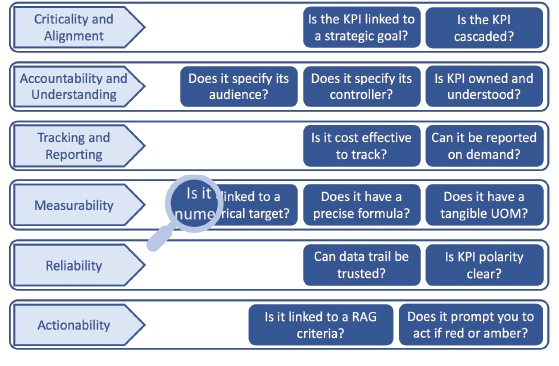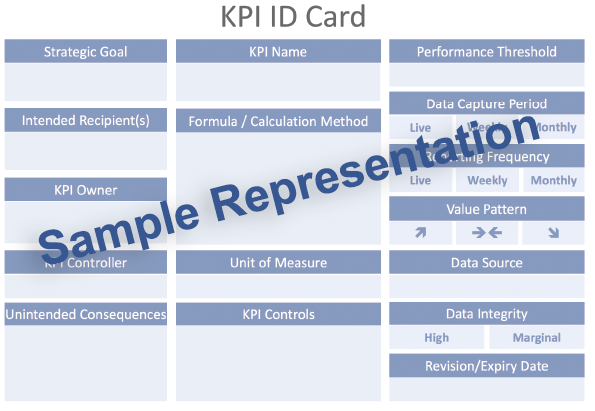
Audit of Key Performance Indicators (KPIs)
“Not everything that counts can be counted, and not everything that can be counted, counts”. This saying by Einstein is the premise on which this consulting solution is based and the best way to describe the quality of the deliverable we commit to provide at the end of our intervention.
At Meirc Training & Consulting, we have extensive experience in assessing the validity and reliability of measures, metrics and indicators used by various departments or sections in an organization. The approach we use starts with a thorough review of the organizational strategy. We then extract the Key Performance Areas (KPAs) which the organization should consider vital to its sustainability. We then examine the measures or indicators currently used by the organization by subjecting them to a quality test which includes more than 12 checkpoints. By the end of the audit, the Key Performance Indicators (KPIs) we approve will be ones which senior management can rely on for making strategic and operational decisions aimed at tangibly improving performance across all levels.
Quick Enquiry
